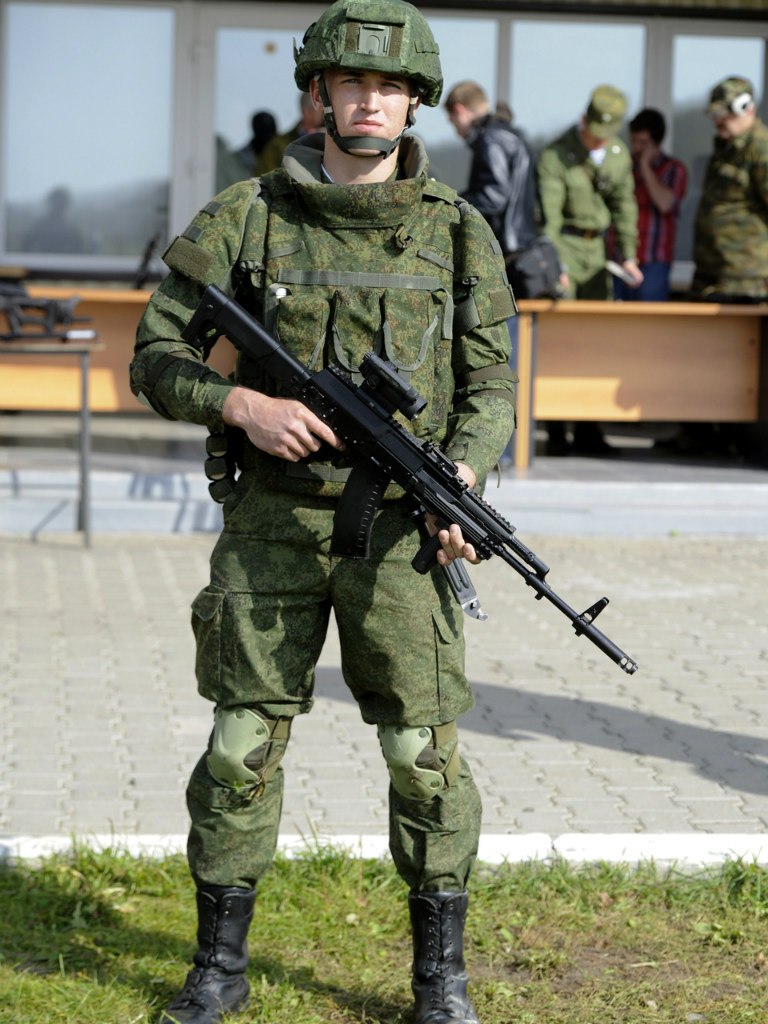 With the news of Strike One having failed the tests, I desided to give an inside look to the handguns of the russian antiterror. Well, actually I desided to make a cycle, reviewing the armanent, most frequently seen in use by the antiterror units, starting with handguans, which are actually my favorite topic.
With the news of Strike One having failed the tests, I desided to give an inside look to the handguns of the russian antiterror. Well, actually I desided to make a cycle, reviewing the armanent, most frequently seen in use by the antiterror units, starting with handguans, which are actually my favorite topic.Russian special forces tend to use both, the russian-made guns and the guns, bought abroad. The favour tends for foreign weaponry. Specifically, in favour are Glock-17 and SIG P226.
The #1 favourite are the Glocks, favoured for the maximum complex of positive characteristcs like the weight, accuracy, capacity, ergonomics and stopping power. Actually, Strike One was intented to make up for the shortage of Glocks. As the operatives said: "There aren't enough Glocks for all of us, so we want something like the Glock, but russian". Good news is that they are manufactured by the Orsis company, but the shortage is still rather serious.
The second favourite gun is the P226. The same good accuracy, capacity and lighter recoil. It perfectly meets the demands of the special forces. Although, the shortage is as felt as the shortage of Glocks.















